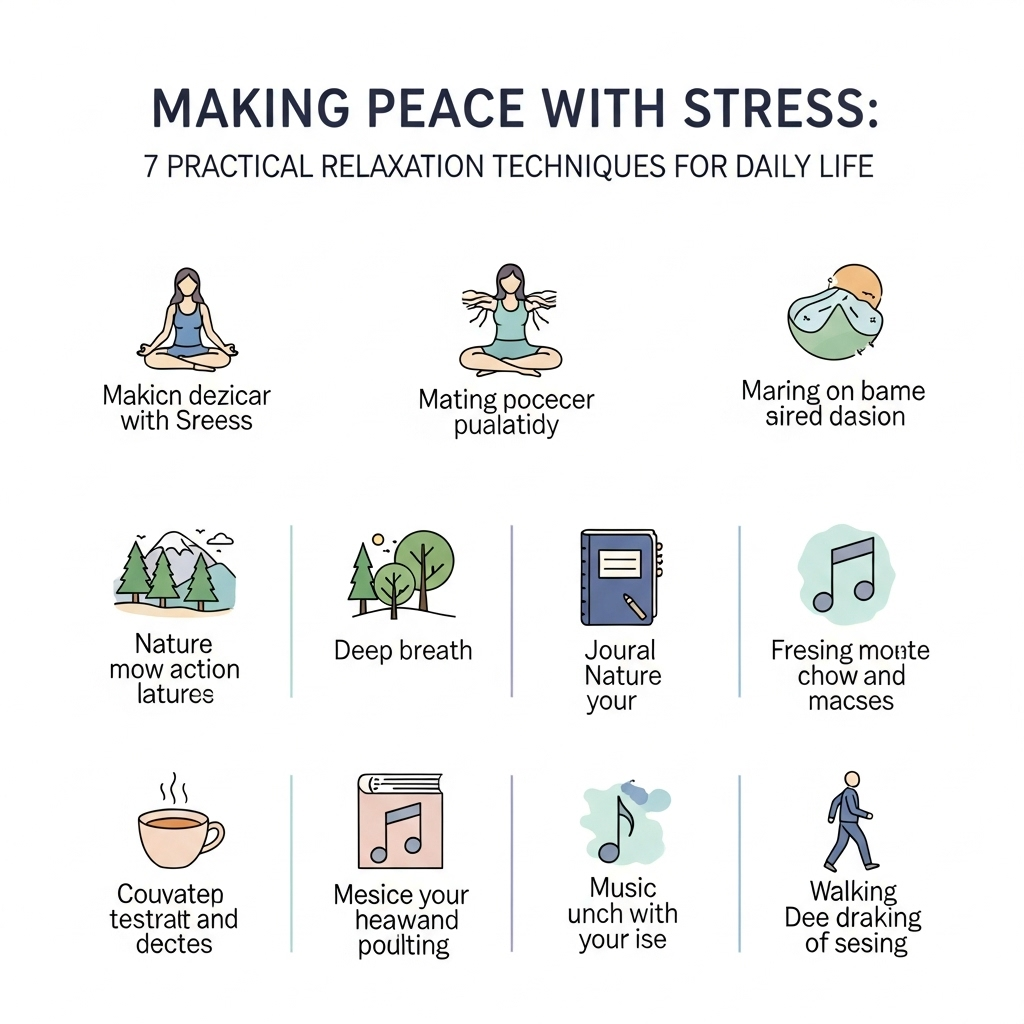The Mental Health Crisis and the Rise of Digital Therapy Applications

In recent years, the world has witnessed an escalating mental health crisis. From rising rates of anxiety and depression to increasing suicide rates and widespread emotional burnout—particularly exacerbated by global events such as the COVID-19 pandemic—mental health has emerged as one of the most pressing public health challenges of our time. According to the World Health Organization (WHO), nearly 1 billion people globally live with a mental disorder, and mental illnesses account for 1 in 6 years lived with disability. Yet, access to traditional mental health care remains limited due to cost, stigma, geographic barriers, and a shortage of qualified professionals.
Enter digital therapy applications: a rapidly growing sector offering scalable, accessible, and often affordable solutions to bridge this treatment gap. These apps—ranging from cognitive behavioral therapy (CBT) platforms like Woebot and MoodKit to mindfulness and meditation tools such as Headspace and Calm—are transforming how individuals manage their mental well-being. Backed by advances in artificial intelligence (AI), machine learning, and mobile technology, digital therapeutics are no longer just supplementary tools—they are becoming primary interventions for millions.
Why Digital Therapy Is Gaining Traction
- Accessibility and Convenience
Digital therapy apps break down traditional barriers to care. Users can access support anytime, anywhere—whether during a lunch break, late at night, or while commuting. This flexibility is especially valuable for those in rural areas, individuals with mobility issues, or people who cannot afford or schedule regular in-person therapy sessions. - Anonymity and Reduced Stigma
Many users report feeling more comfortable opening up to an app than to a human therapist, particularly when struggling with shame or societal judgment. The perceived anonymity of digital platforms encourages early intervention and consistent engagement. - Cost-Effectiveness
While traditional therapy can cost hundreds of dollars per session, many digital apps offer subscription models ranging from free to 10–10–15 per month. Some employers and insurers now even cover these services, further lowering financial hurdles. - Evidence-Based Approaches
Leading digital therapy platforms are grounded in clinically validated methods. For example, Woebot uses principles of CBT and has been shown in peer-reviewed studies to significantly reduce symptoms of depression and anxiety within two weeks of use. Similarly, apps like Sanvello integrate CBT, mindfulness, and mood tracking under clinical supervision. - Personalization Through AI
Modern apps leverage AI to tailor content to individual needs. By analyzing user inputs, mood logs, and behavioral patterns, these platforms adapt recommendations in real-time, creating a more personalized therapeutic experience.
Challenges and Considerations
Despite their promise, digital therapy apps are not without limitations:
- Regulation and Quality Control: The market is flooded with thousands of mental health apps, but few undergo rigorous clinical testing or regulatory approval. Users may struggle to distinguish evidence-based tools from ineffective—or even harmful—ones.
- Privacy Concerns: Collecting sensitive mental health data raises serious privacy issues. Not all apps comply with HIPAA or GDPR standards, leaving users vulnerable to data breaches or misuse.
- Lack of Human Connection: While AI-driven chatbots and modules are improving, they cannot fully replicate the empathy, intuition, and nuanced understanding of a trained human therapist—especially in cases involving trauma, severe depression, or suicidal ideation.
- Digital Divide: Not everyone has reliable internet access or a smartphone. Socioeconomic disparities may widen if digital solutions become the default without equitable infrastructure.
The Future of Digital Mental Health
The trajectory is clear: digital therapy is here to stay and will continue to evolve. We’re already seeing hybrid models emerge—blending app-based self-help with virtual sessions with licensed therapists via platforms like BetterHelp and Talkspace. Regulatory bodies are beginning to catch up; the U.S. Food and Drug Administration (FDA) has cleared several digital therapeutics as “prescription-only” software for conditions like PTSD and substance use disorders.
Moreover, employers, universities, and governments are increasingly investing in digital mental health solutions as part of broader wellness initiatives. In countries with strained public health systems, these tools offer a viable path to scaling care without exponentially increasing costs.
Conclusion
The mental health crisis demands bold, innovative responses—and digital therapy applications represent one of the most promising frontiers. While they are not a panacea, when thoughtfully designed, clinically validated, and ethically deployed, they can democratize access to mental health support and empower individuals to take control of their well-being. The challenge ahead lies not in replacing human care, but in integrating digital tools into a holistic, compassionate, and inclusive mental health ecosystem. As technology continues to advance, so too must our commitment to ensuring that mental health care is available—to everyone, everywhere.
References available upon request. Includes data from WHO, NIH, FDA, and peer-reviewed journals on digital mental health interventions.




